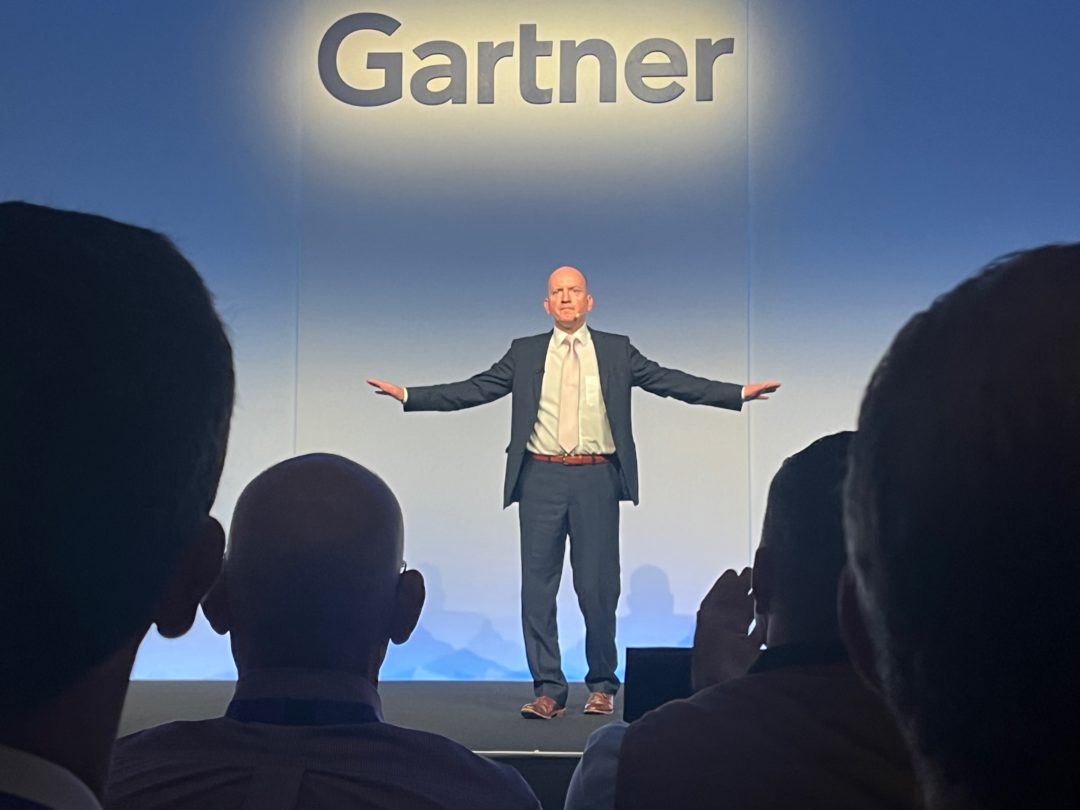From drift to drive: Gartner keynote address emphasizes how to create a value-driven supply chain in post-pandemic world
Supply chains must focus on initiatives that deliver multiple forms of value and see disruption as opportunities to seize competitive advantage, says Gartner analyst.

Emerging from a prolonged period of disruption and crisis, many supply chain leaders now face the daunting prospect of losing the influence and clout that they gained during the pandemic. To fight back against that slide, supply chains need to focus on delivering value for the business, according to Tom Enright, research vice president for the Consumer Retail team of the analyst firm Gartner.
Speaking during the opening keynote address at the Gartner Supply Chain Symposium/Xpo, Enright says that the analyst firm has heard rumblings that many companies are returning to the traditional view that supply chains should be mainly focused on managing costs and increasing efficiency. However, supply chains that don’t focus on creating value, according to Enright, become trapped in what he calls “a state of drift.”
“Drift is Insidious.” Enright says. “Once you’re in drift, you’ll be under multiple forms of negative pressure. The pressure to deliver quick wins, the pressure to react to the priorities of others, the pressure to do even more with even less. You’ll become the victim of conflicting business goals.”
Instead, supply chain organizations must drive their own destiny and strategic priorities by taking three steps, said Enright:
- Define your yes and know your no: This involves defining for your team and partners the landscape of business segments that you will and will not operate in
- Enable your “yes” with a multi-role supply chain organization: According to Enright, supply chain organizations need to establish which activities should be standardized and conducted at an enterprise level and which should be differentiated and conducted at a business unit or segment level.
- Do your “yes” well with multi-value plays: Enright emphasized that business value must be created on multiple fronts and not just on cost reduction.
“Now, I know I am playing to the home crowd here, but seriously? Anybody who thinks that organizations can thrive by viewing the supply chain as a cost center is just plain flat wrong,” said Enright to applause from the audience.
Instead, companies need to take a “cost and” approach, where initiatives are designed to create multiple forms of value such as cost and a focus on sustainability, cost and a focus on commercial innovation, or cost and a focus on risk reduction.
For example, when retailer Target repurposed 10 local stores to become distribution centers, it achieved not only the sustainability goal of reducing emission but also the service goal of improving same-day delivery by 150%. Finally, it helped to reduce costs by creating $30 million in savings.
From resilience to antifragility
In addition to designing supply chain initiatives to create multiple forms of value, Enright advocated for seeing disruptions and uncertainty not as something to be managed but as an opportunity to produce value.
While the pandemic created an awareness of the importance of creating a resilient supply chain, Enright argued that organizations need to take that one step further to create “antifragile” supply chains.
Enright said that a resilient supply chain absorbs a disruption but does not see a loss or gain because of the disruption. An antifragile supply chain creates opportunity and even more value in the face of disruption and uncertainty.
While the path to antifragility is still being studied, Enright says some basic characteristics include an investment in redundancy so that the organization can shift production, supply and operations from one physical location to another when an event occurs; a focus on training and certifying operational staff in diverse skills and capabilities; and a culture of collaboration.
“Supply chain leaders are in a unique position to drive value during uncertainty,” said Enright. “You work in reality, and your people are equipped to bridge gaps understanding during moments of disruption.”
Related Articles

Copyright ©2024. All Rights ReservedDesign, CMS, Hosting & Web Development :: ePublishing